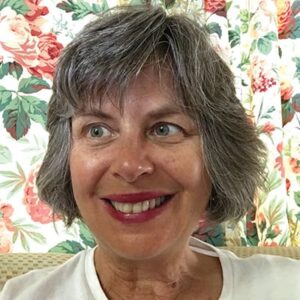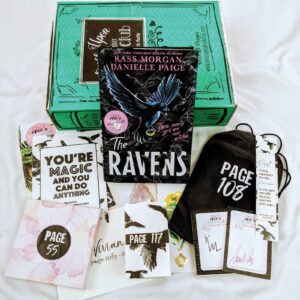Aiken Artists support the rescue efforts of endangered animals through art
Paul Swart, from Rhino Conservation Botswana, was the featured speaker at the Aiken Center for the Arts on Friday, February 18. He explained that poverty in Botswana is a motivating factor for poaching rhinos. “The horn is believed to have medicinal value and can produce enough powder to earn $65,000 on the black market in Asia,” he said. There are fewer than 30,000 black and white rhinos left in the world. Through efforts to transport, guard, and breed these animals, conservationists strive to keep the species from extinction, but it is a million dollar business. The government provides some conservation funding, but most of the money comes from nonprofits and fund-raising efforts.
“These magnificent animals have roamed the earth for 50 million years, and we are not prepared to let them go extinct under our watch. Protecting rhinos also safeguards the vast ecosystems in which they live — some of the last great wilderness areas on earth. These natural systems sustain our planet and the human race. The survival of the natural world is inextricably linked to our own,” says Map Ives, Director of Rhino Conservation Botswana.
Robert Campbell likes to paint “everything that is larger than life.” His watercolor renditions of the rhinoceros show the strength and beauty of the animal. Robert chose to use his art to promote awareness and to support their protection. He has not been to Africa — his big thrill was to interact with a mama and baby rhino in a pen at the zoo. He is currently working on a children’s coloring book of endangered animals that will further the cause. He has been friends with Paul Swart for a long time, and offers to help in any way possible to keep gigantic rhinos safe. Robert has been a resident of Aiken since the age of 16, and he loves life in the South.
According to the Painted Dog Conservation website PaintedDog.org, “Painted dogs don’t have the best reputation in Africa — through no fault of their own. Human ignorance and misinformation is perhaps one of the biggest issues facing the painted dog population. Local landowners believe them to be dangerous, numerous, wanton, and indiscriminate pack hunters, and thus best removed from their land. Our education and conservation programs aim to tackle these issues and bring painted dogs back from the brink of extinction.”
Whitney Kurlan’s passion for endangered species stems from the movie Born Free, which shifted her focus to painting animals from Africa. Whitney has been involved in the equine industry and has three rescue dogs, so it was a natural transition for her to zero in on the endangered painted dog, whose numbers are dwindling. “The painted dog of Africa has been a favorite of mine,” she says. “I have painted mostly large predator animals, but I ventured out to illuminate other species in peril.” She is supporting the efforts of Peter Blinston, from Painted Dog Conservation, who spoke at the Aiken Center for the Arts on February 25. Whitney has several vivid oils paintings on display that show the dogs in playful groups. She also paints landscapes, but is known primarily for wild life. “My work is driven by capturing a moment in time that eludes to a sense of movement.” Whitney currently teaches and offers workshops, and she is illustrating a children’s book. She was recently chosen to represent South Carolina in an exhibit featuring endangered species of North America.
Camryn Finnan was born in South Africa 22 years ago but was raised in the United States. She developed a special love of dogs and became a professional dog trainer, starting with obedience training for pet owners and advancing to police dog training, specializing in detection and trailing skills. Last year she traveled to South Africa for a three month internship. In a dangerous environment where wild cats and poachers lurk in waist-high grass, Camryn taught dogs the skills needed to catch poachers. Close-up and enlarged photographs of the training sessions and adventurous expeditions are on display at the Arts Center, and proceeds from sales help conservation efforts. She has lived in Aiken for four years and feels the universe has guided her to combine her love of animals, Africa, and photography.
Matthew James, Senior Director of Animal Care at the Dallas Zoo, says, “Consumer awareness is key to the preservation of animals and their habitats.” The extraction of rare metals mined for cell phone manufacturing endangers the gorilla habitat in the Congo. The palm oil industry, which has cut down old growth trees to create massive oil palm plantations, endangers the habitat for orangutans in the Amazon forest. If we want to support conservation, we have to spread the word and stop buying products that endanger species that are nearly extinct.
Animal lovers can support conservation efforts by purchasing works of art by these artists and by following the links to conservation efforts on the AikenCenterForTheArts.org website. South Carolina also has a zoo and several animal sanctuaries that support education and awareness.
All artwork published with permission from the artists.
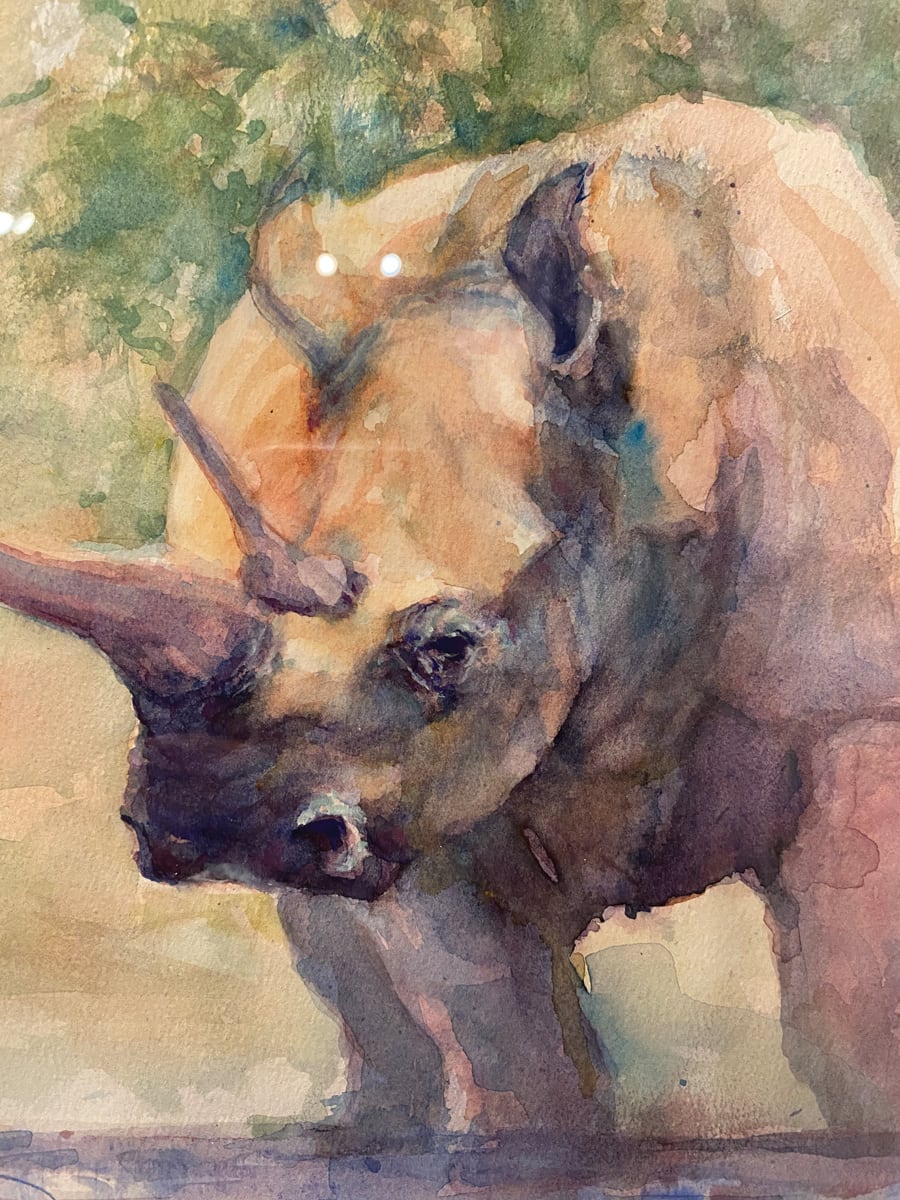
Watercolor of a rhino by Robert Campbell.
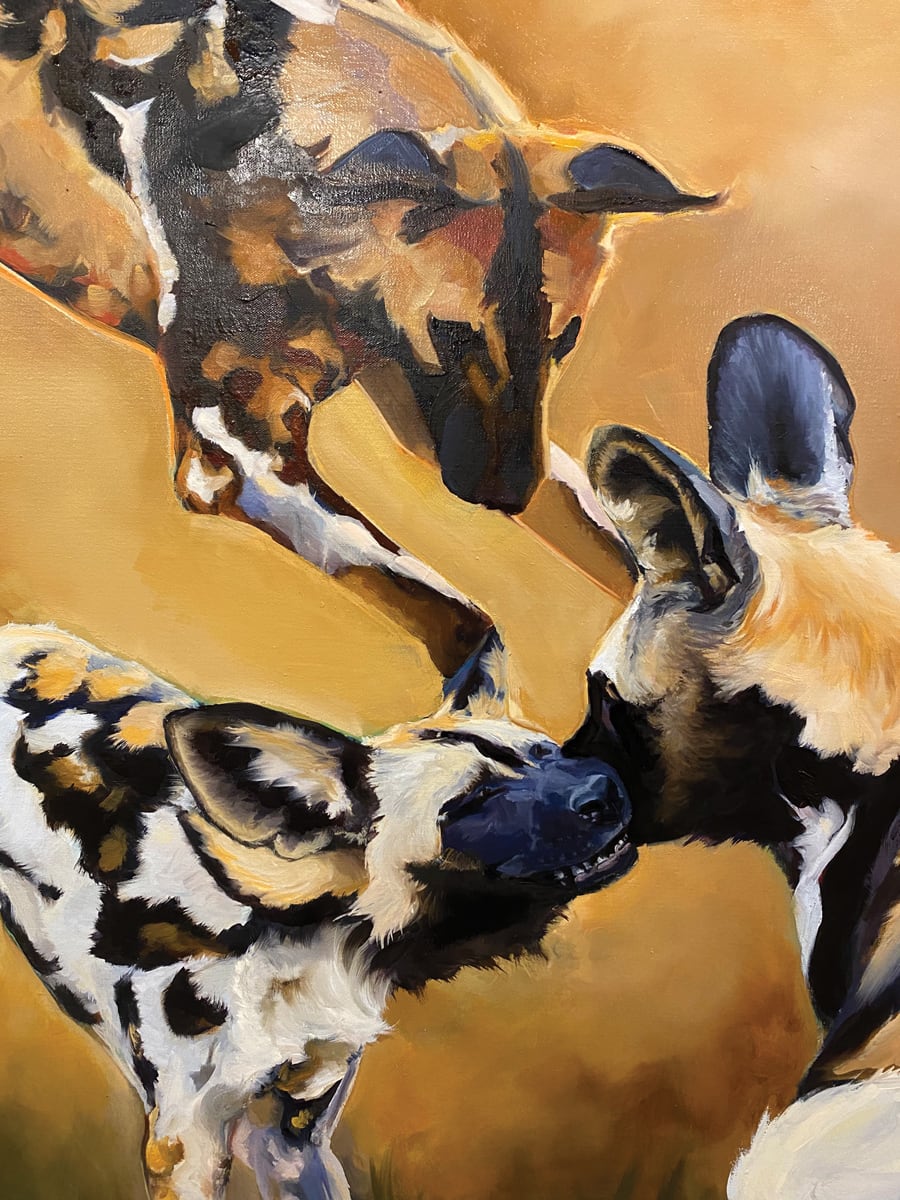
Oil painting of painted dogs by Whitney Kurlan.
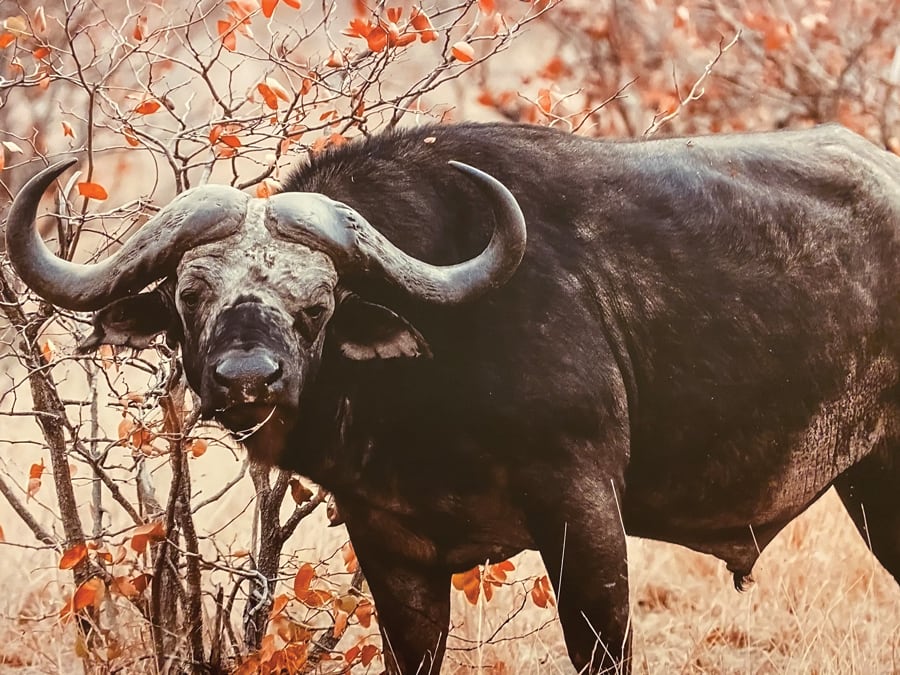
Photograph of a water buffalo taken in South Africa by Camryn Finnan.

